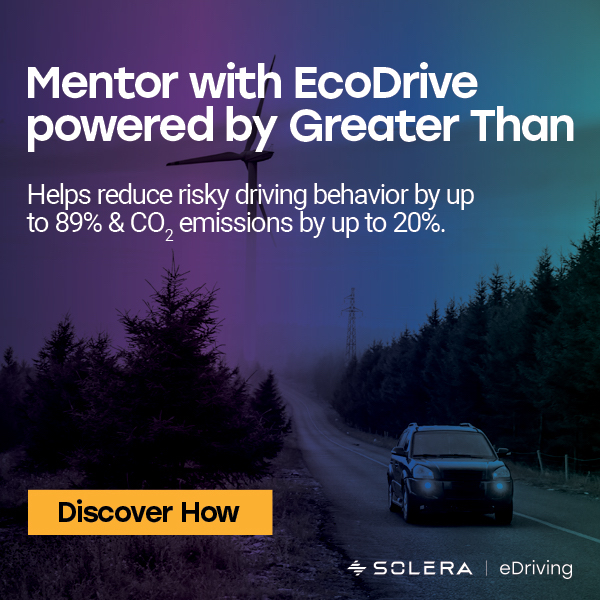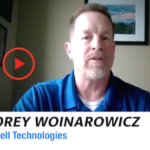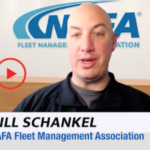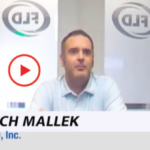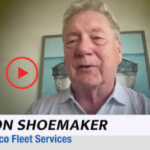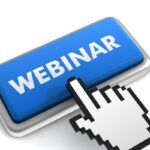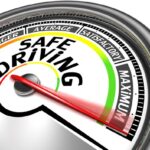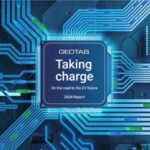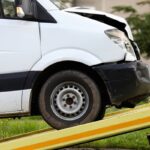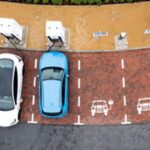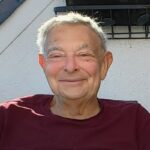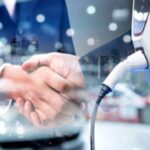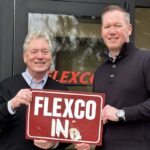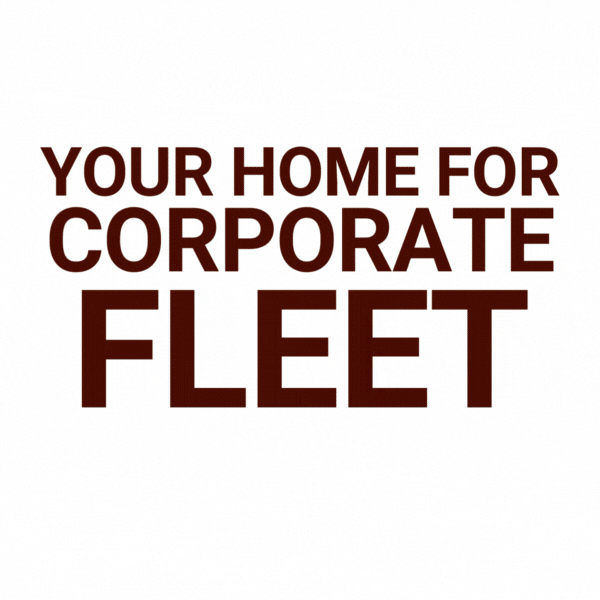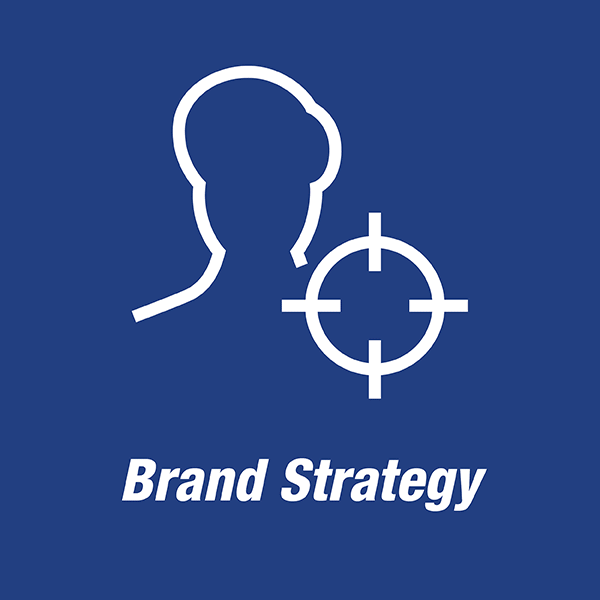US Should Block Cheap Chinese Auto Imports From Mexico, US Makers Say
The U.S. government should block the import of low-cost Chinese autos and parts from Mexico, a U.S. manufacturing advocacy group said on Friday, warning they could threaten the viability of American car companies.
"The introduction of cheap Chinese autos - which are so inexpensive because they are backed with the power and funding of the Chinese government - to the American market could end up being an extinction-level event for the U.S. auto sector," the Alliance for American Manufacturing said in a report.
Vehicles and parts produced in Mexico can qualify for preferential treatment under the U.S.-Mexico-Canada trade agreement as well as qualifying for a $7,500 electric vehicle (EV) tax credit, the report noted.
Streamlining Fleet Management: From Data Burden to Predictive Advantage
By Jessica Kim, Head of Marketing & Revenue Operations at Pitstop
In the bustling fleet industry, fleet managers are tasked with a multitude of responsibilities. The sheer volume of data generated by vehicles can be overwhelming, and the need to navigate through multiple dashboards and solutions only adds to the complexity.
Enter Pitstop, a predictive maintenance platform designed to empower fleet managers with actionable insights derived from their vehicle data.
By consolidating disparate data sources into a single, intuitive dashboard, Pitstop enables fleet managers to gain a comprehensive view of their fleet operations and make informed decisions in real-time.
With fleet maintenance software powered by AI, fleet managers no longer need to waste time logging into multiple systems or manually aggregating data from different sources.
Ridecell Mobile Technology Helps Fleet Managers Take Control
By Fleet Management Weekly Staff
Ridecell, Inc. is a leader in fleet automation with a digital solutions platform that combines vehicle control and data insights to automate workflows and contribute to operating fleets more efficiently and sustainably.
Ridecell's variety of services delivers incredible benefits for its clients. First and foremost is the increase in efficiency and lowering of costs brought on by automation. With routine tasks being handled automatically, fleet managers can focus on higher-intensity tasks.
"We're seeing a trend in moving from one-way connections with vehicles to two-way connections," says Heidi DiAngelo, Ridecell's Strategic Business Development Director. "We can start to send commands to those vehicles and talk with them."
Wrap Up: 2024 Geotab Connect Conference in Las Vegas, February 14-16
By Judie Nuskey, Director of Operations, ADTS
Geotab hosted their 2024 business conference at Resorts World Las Vegas, February 14th-16th. Neil Cawse, Founder and CEO of Geotab, began the conference with discussing the disruption in the industry and embracing change.
As part of Connect 2024, Geotab launched several new centers of excellence, including the new Geotab Safety Center, which will be the next generation of fleet safety tools driven by data intelligence, predictive collision insights, and AI.
A new, enterprising breakout session, Empowering Success: Unleashing the Domino Effect of Connected Women, recognized the future of commercial vehicles, and the crucial role of women in fleet leadership.
Will Buying an EV Protect You from Car Theft?
Vehicle thefts in North America were up 2 percent in the first half of 2023, setting an alarming trend for the latter half of the year and the opening of 2024.
Looking closer at the data reveals an interesting carve-out: electric vehicles seem much less likely to be stolen by thieves than comparable internal combustion engine cars.
Thieves likely have to worry about the market they're attempting to sell a stolen EV in; if it's a different continent, and they're shipping to South America, the Middle East, or Africa or somewhere, it's likely the local market doesn't have the infrastructure or general support for electric cars. In other words, if the market you're selling to doesn't want the product, why steal it for them?
Recent Posts
- Taking Charge: Geotab Report Unveils Significant Potential for Fleet Electrification with Insights from Over 1.3 Million Vehicles
- EV Prices are Down 18% Over the Past Year as Drastic Price Cuts Take Effect
- Amazon Installed Over 17,000 Chargers For Its Rivian Electric Van Fleet
- Fleetio Wins Third Consecutive Sales & Customer Service Stevie® Award
- These New EV Charging Features Are Coming to Google Maps
- Ridecell is Ready to Usher Fleet into Digital Transformation Era
- New Prophecta AI Model Reduces Truck Fleet Emissions Up to 40% through Driver Interaction
- Fleet Manager Spotlight: 5 Questions with Ted Chan of Schindler Elevator
- NAFA Announces Nominees for 2024 Fleet Professional & Fleet Technician of the Year Awards
- WIFM Webinar: ‘Hidden Potential’ Book Club Meeting

